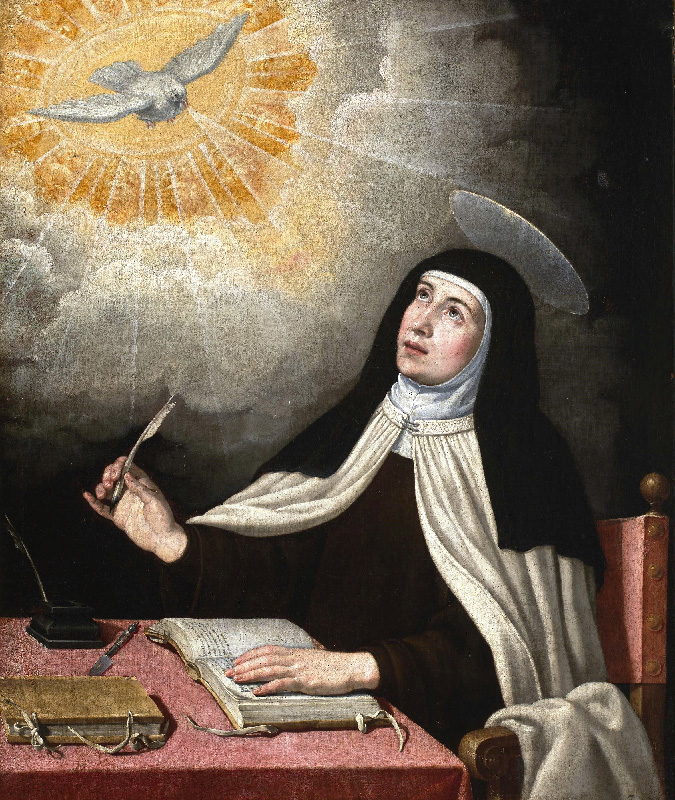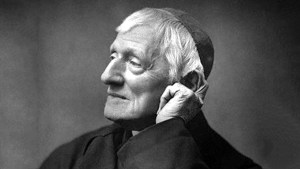In recent weeks, rumors have been swirling about the possible promotion of St. Edith Stein (1891-1942) to the rare rank of “Doctor of the Church.” Others are calling for Benedict XVI to get this title.
There are only 37 Doctors of the Church in its 2,000-year history. If Stein were chosen, the German Carmelite would be only the fifth woman to receive this title.
So what are the requirements and how does one become a Doctor?
During an audience with Pope Francis on April 18, the Superior General of the Discalced Carmelite Order presented the Pontiff with a request for the proclamation of St. Edith Stein (aslo known by her name in religion as St. Teresa Benedicta of the Cross) as a Doctor of the Church.
This is the starting point for a process which, according to canon law, can only be initiated by the pope.

It all begins when postulators — usually episcopal conferences, religious families, or university rectors — send the head of the Catholic Church a letter of petition supporting a candidate for the title of Doctor. If he deems it appropriate, the pope then forwards the dossier to the Dicastery for the Causes of Saints, which carries out a preliminary study. Then, from the opening of the procedure to the official proclamation of a Doctor of the Church, the stages are clearly defined.
First, they must draft a document called a “positio.” It is then submitted to a commission of theologians, then to the members of the dicastery, and finally to the pope, who makes the final decision.
The three conditions
In concrete terms, there are three conditions for becoming a Doctor. Firstly, the experts must verify the candidate’s eminens doctrina. That is to say, her teachings must have had a real influence on theological reflection and must be used by the magisterium. The discernment criteria verify the orthodoxy of her doctrine, its novelty — in subject matter and method — and its universality.

As a second condition, the holiness of the baptized person’s life must be demonstrated. “A Doctor is not just a master of thought, but a master of life,” says one expert, reminding us that the title of Doctor is only awarded to saints who have already been canonized.
Finally, the third condition is that the decision rests with the supreme authority. According to the law, the Doctor must be declared by the pope or by an Ecumenical Council gathered in union with him.

Even if requests are numerous, the Church remains stingy in declaring this title, which is not honorary but has a specific purpose. “By proclaiming a Doctor, we wish to highlight his or her doctrine for the good of the entire Christian people,” explains another priest. The proclamation of a Doctor is most often made by apostolic letter, and is the subject of a solemn celebration. The liturgical calendar then sets aside special days to celebrate the Doctors of the Church.
The fifth woman Doctor?
At present, the calendar of Catholic saints includes 37 Doctors of the Church. The ones who lived earliest in Church history date from the 3rd and 4th century, including St. Athanasius, St. Ambrose, and St. Jerome; the most recent include St. Alphonsus Liguori, who lived in the 17th-18th century, and St. Thérèse of Lisieux, who died at the very end of the 19th century.

Is Edith Stein about to earn her “doctorate?”
“Nothing is less certain,” says a moderating voice in the Vatican corridors. And with good reason: The request had already been made under the pontificate of John Paul II, we learned in 2000. If the outcome of the investigation is positive, the Jewish-born philosopher would become the fifth female Doctor, after St. Teresa of Avila, St. Catherine of Siena, St. Teresa of Lisieux, and St. Hildegard of Bingen.

Pope Francis, for his part, has proclaimed two Doctors of the Church since his election in 2013: St. Gregory of Narek in 2015 and St. Irenaeus of Lyons in 2022.




